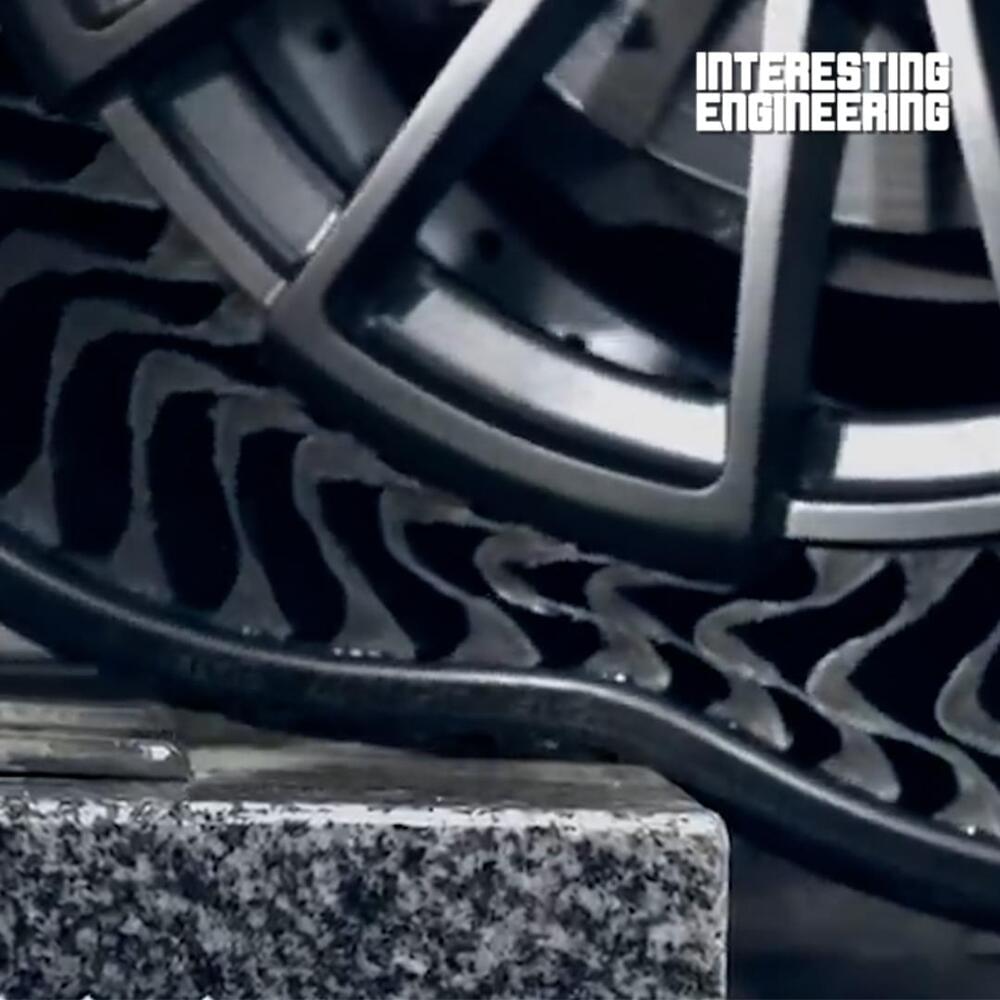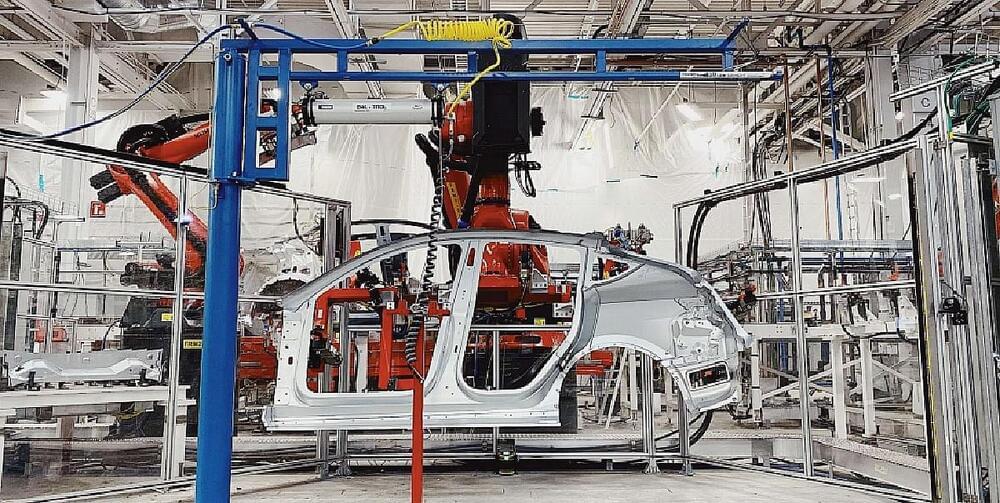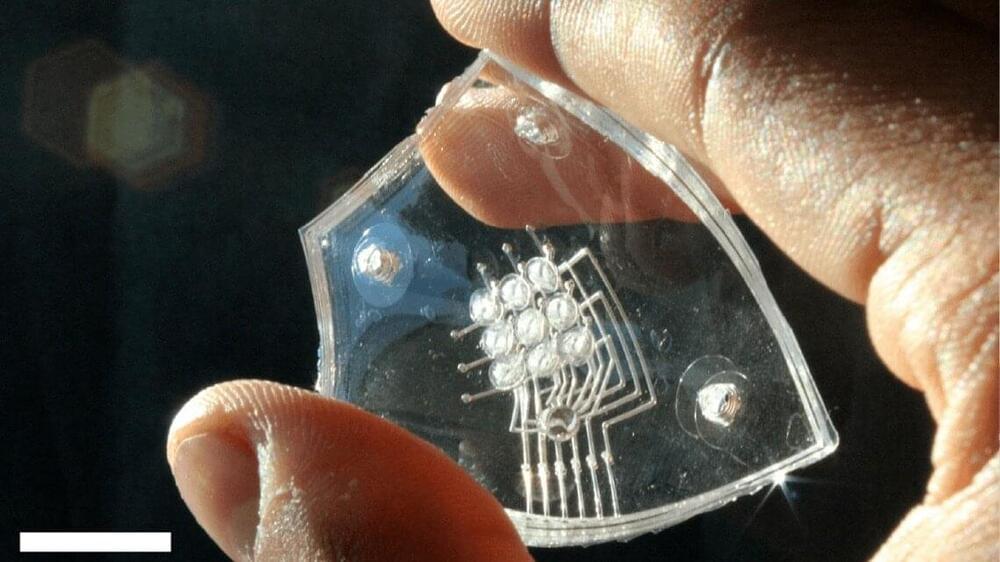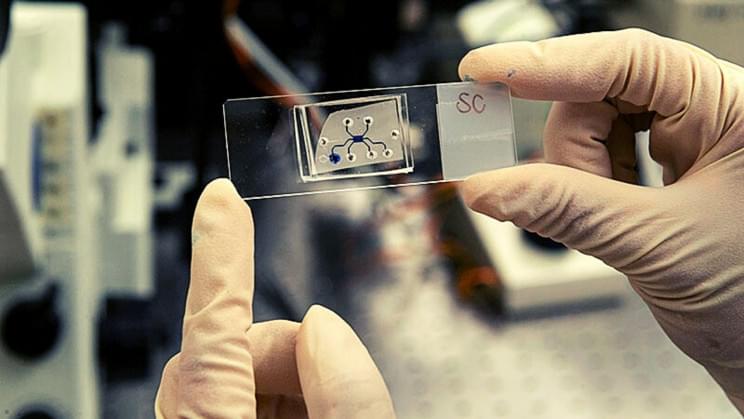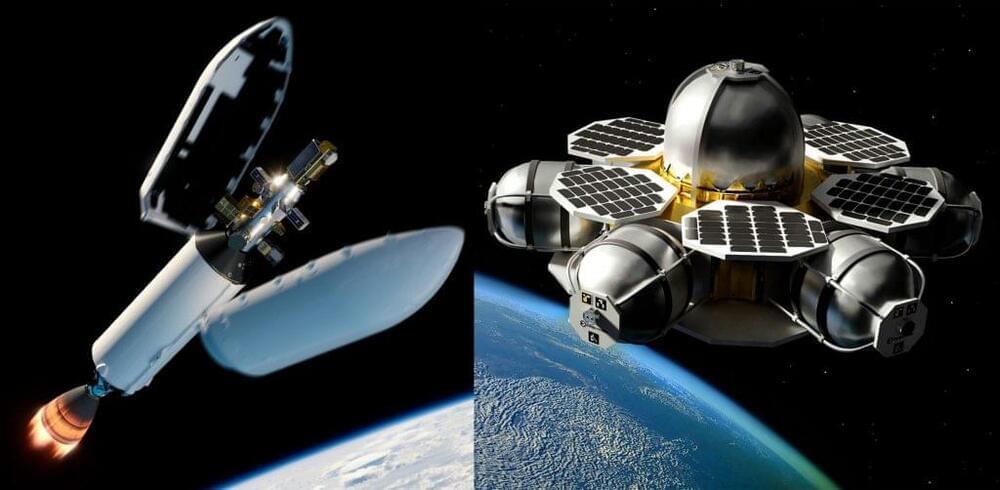Oct 16, 2021
The World’s First Electric Snowbike Is Ready to Ride Through Winter Slopes
Posted by Gemechu Taye in categories: engineering, transportation
Even in-13°F. Riding a motorbike feels almost as free as it could get when you’re on the road, and some say it can be addictive. While you can ride your bike almost anywhere, when you’re up at a mountain or under heavy snowfall, things are bound to get slippery. But a new, all-electric snowbike developed by Moonbikes, a French startup, can change that. Nicolas Muron, an aeronautical engineer, basically took the bus parts of an electric bike, the tracks, and skimboards of a snowmobile, and invented a hybrid between both vehicles using his state-of-the-art engineering know-how. The Moonbike is a simple way to get around in a snowy setting, and for easy mobility on snow, it has a rear track drive and a front skiboard instead of wheels. Full Story:

